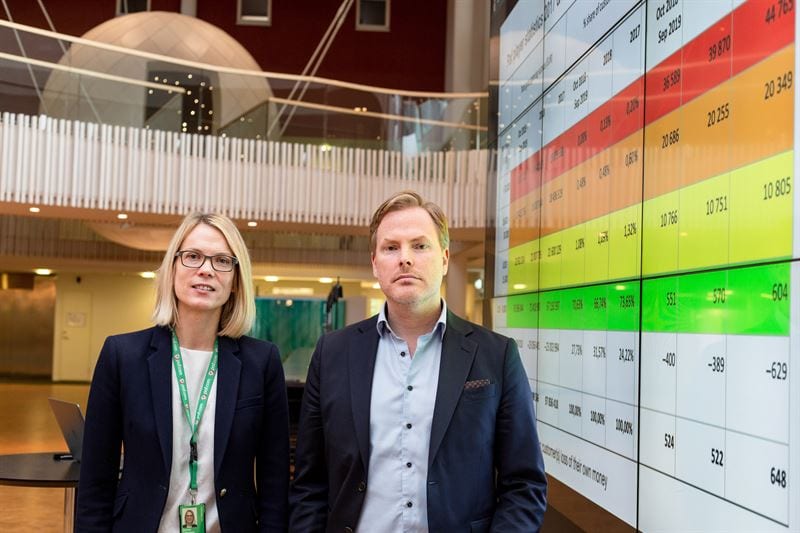Paf lowers annual loss limit to €25,000

Åland Islands-based operator Paf has lowered its maximum annual loss limit from €30,000 (£26,573/$32,867) to €25,000.
The operator introduced the €30,000 loss limit in June 2018 as the first-ever annual hard cap on the amount any player can lose introduced by a private gambling company, though similar caps have been introduced by monopolies.
“We have promised that none of our players should be able to lose their house or their home, that’s why we imposed a loss limit of €30,0000,” Paf chief executive Christer Fahlstedt said. “We have now decided to strengthen that promise for the next year by lowering our maximum limit to €25,000 – which corresponds to just over €2,000 a month on average.”
The company said that the concept of a mandatory loss limit has been supported by research, including a report from Stockholm University, which found that voluntary gaming limits, used by many other operators, have no effect.
“This new research reaches a terrible conclusion,” Fahlstedt said. “It shows that one of the most common tools for responsible gaming – setting your own voluntary limits – is worthless and does not work. That's why we have chosen to lower our fixed mandatory loss limit further because it has a real effect.”
Fahlstedt said that while the original loss limit had been successful so far, the company’s research has found that the €25,000 figure should prove more effective.
“We don't just want to sit down and pat ourselves on the shoulder when we have done something good,” Fahlstedt said. “We have followed closely how the situation has developed, taken serious note of what the research says and the feedback we have received. A lower annual loss limit is good for our customers and it’s the most effective thing we can do.”
At the time of launch, the operator estimated that it would lose 5% of its income because of the loss limit feature and in May, set the limits were the primary reason for a decline in overall revenue from €116.5m to €111.8m and in online revenue from €84.5m to €80.0m in 2018. Paf said the lowering of the limit should cost the company about 2% of its revenue, or around €2m.
Fahlstedt added that the move was part of a wider initiative for Paf to avoid reliance on a few customers wagering large amounts of money, and that by 2020 the company aims to avoid having any “big players,” who lose over €30,000 a year. In the year ending 30 September 2019, 0.08% of Paf’s customers were categorised as “big players.” In March, the company started publishing data on its customers' losses in the hopes it would open a “genuine debate” about problem gambling.
“We have already promised that we will have no big players left in Paf's customer database in 2020. We are prepared to say no to this unsustainable money that a relatively small number of players in the gaming industry stand for,” Fahlstedt said.
“Of course, it is not good to lose revenue, but we are doing well as a gaming company and I am sure that our customers appreciate the position we have taken,” adds Christer Fahlstedt.
Of Paf’s €103.1m in gross gaming revenue for 2018-19, €76.6m came from the 70.6% of customers who lost less than €8,000, €22.9m came from the 1.08% of customers who lost €8,001 – €15,000, €19.4m came from the 0.5% customers who lost between €15,001 and €30,000 and €6m came from customers who lost more than €30,000. €21.8m was paid out to winning customers.
In June, Paf was named the igaming technology partner of Swiss land-based casino Grand Casino Luzern.
